Game Components:
Game Board:
Design a tabletop game board with a football field layout.
Integrate pinball-style bumpers and obstacles throughout the field.
Players:
Each player controls a team of miniature football players.
Ball:
Include a small ball representing the football.
Pinball Mechanism:
Integrate a pinball-style launching mechanism to kick the ball.
Goalposts:
Install miniature goalposts on each end of the field.
Score Tracker:
Create a scoring system to keep track of goals.
Gameplay:
Setup:
Place players on their respective sides.
Position the ball in the center.
Turns:
Players take turns using the pinball mechanism to kick the ball.
Use the bumpers and obstacles strategically to navigate the ball.
Scoring:
Players score goals by getting the ball into the opponent’s goalpost.
Obstacles:
Incorporate obstacles that players must navigate around.
Make some areas more challenging to reach by adding features like ramps or tunnels.
Special Moves:
Include special moves or abilities that players can activate during their turns.
Time Limit:
Set a time limit for each turn to keep the game fast-paced.
Winning:
The player with the highest score at the end of a predetermined number of rounds or time wins the game.
Additional Ideas:
Customization:
Allow players to customize their teams or game boards.
Themes:
Create different themes for the game, such as a futuristic soccer setting or a fantasy realm.
Power-ups:
Introduce power-ups that players can collect to gain advantages.
Interactive Elements:
Add interactive elements like sound effects or lights triggered by certain actions.
Tournaments:
Organize tournaments with friends and family for added competition.
Pinball Mechanism:
Design the pinball launcher to have adjustable power, allowing players to control the strength of their kicks.
Consider adding a flipper-like mechanism for players to have more control over the ball’s direction.
Obstacles and Bumpers:
Create various types of obstacles and bumpers with different effects. For example, some may redirect the ball, while others temporarily disable a player’s pinball mechanism.
Assign point values to different bumpers, encouraging strategic play.
Special Moves:
Each team could have unique special moves, activated by achieving specific conditions or collecting power-ups.
Special moves might include a supercharged kick, temporary invincibility, or the ability to move an opponent’s players.
Customization and Themes:
Design the game components to be easily customizable. Allow players to paint or decorate their miniature players and personalize the game board.
Themes could influence not only aesthetics but also gameplay. For instance, a space-themed board might have low gravity areas that affect ball movement.
Power-ups and Collectibles:
Scatter power-ups across the field that players can collect. Power-ups could enhance their abilities, provide a one-time advantage, or even introduce a surprise element.
Experiment with collectibles like coins or tokens that players can exchange for in-game benefits.
Interactive Elements:
Integrate sensors or pressure pads that trigger sounds or lights when the ball passes over them.
Use technology to enhance the gaming experience, such as an app that provides real-time scores or updates.
Tournaments and Challenges:
Develop a tournament mode with brackets and elimination rounds for more competitive play.
Include challenge cards that players can draw, introducing unexpected twists to the game for a single round.
Feedback Mechanism:
Incorporate a scoring system that provides immediate feedback, perhaps through a digital display or sound effects.
Include a referee-like figure on the board that reacts to successful goals or impressive moves.
Educational Elements:
Infuse elements of strategy and physics into the game, providing a subtle educational aspect.
Include trivia cards related to football history, encouraging players to learn while they play.
Accessibility:
Ensure that the game is easily set up and that the rules are straightforward, especially for younger players.
Create optional simplified rules for beginners and more complex rules for advanced players.
Dynamic Field:
Consider a modular game board with interchangeable pieces, allowing players to create different field layouts for each game.
Introduce elements like magnetic fields that affect the ball’s trajectory or rotating sections of the board.
Weather Conditions:
Spice up the gameplay with weather conditions that impact the game. For example, a rainy day might make the field slippery, affecting ball control.
Fan Interaction:
Design a section of the board as a “fan zone” where players can interact with virtual fans. Successful goals could trigger cheering sounds, adding to the excitement.
Cooperative Mode:
Include a cooperative mode where players team up to face challenges or play against a virtual opponent. Cooperation might involve synchronized moves or strategic planning.
Team Strategy Cards:
Create a deck of strategy cards that players can draw at the beginning of each game or during special events. These cards could influence gameplay dynamics.
Augmented Reality Integration:
Explore the use of augmented reality (AR) to enhance the gaming experience. AR overlays could display virtual elements on the physical game board, adding a layer of immersion.
Miniature Stadium Build:
Extend the gaming experience with a miniature stadium build kit that players can assemble. This could include stands, banners, and even a small scoreboard.
Story Mode:
Develop a story mode with a narrative that unfolds as players progress through games. Each match could contribute to the overarching storyline.
Season Pass and Expansions:
Implement a season pass concept with new challenges, themes, and features released periodically.
Offer expansion packs with additional teams, special edition players, or unique game components.
Fan-Favorite Moments:
Create a mechanism for players to reenact famous football moments within the game. This could be achieved through scenario cards or specific challenges.
In-Game Currency:
Introduce an in-game currency that players earn during matches. They can spend this currency to unlock special abilities or purchase upgrades for their teams.
Team Chemistry:
Develop a team chemistry mechanic where certain combinations of players perform better together. Encourage players to experiment with team compositions.
Collaborative Design:
Involve the community in the design process. Collect feedback, host design contests for new obstacles or player designs, and let players contribute to the evolution of the game.



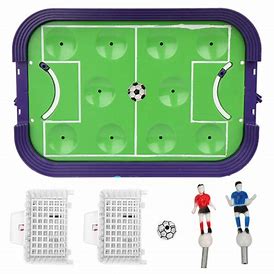
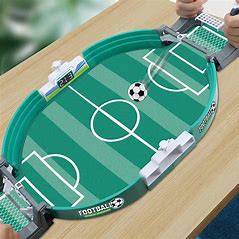
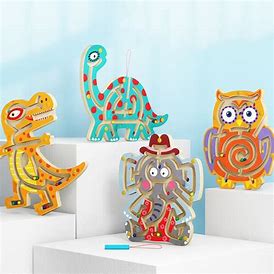
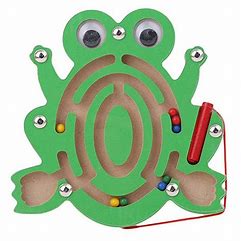
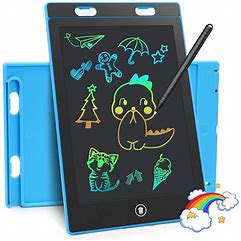

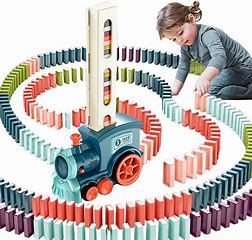
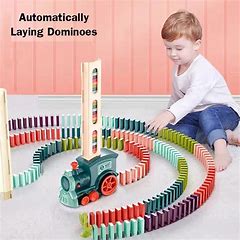
Reviews
There are no reviews yet.